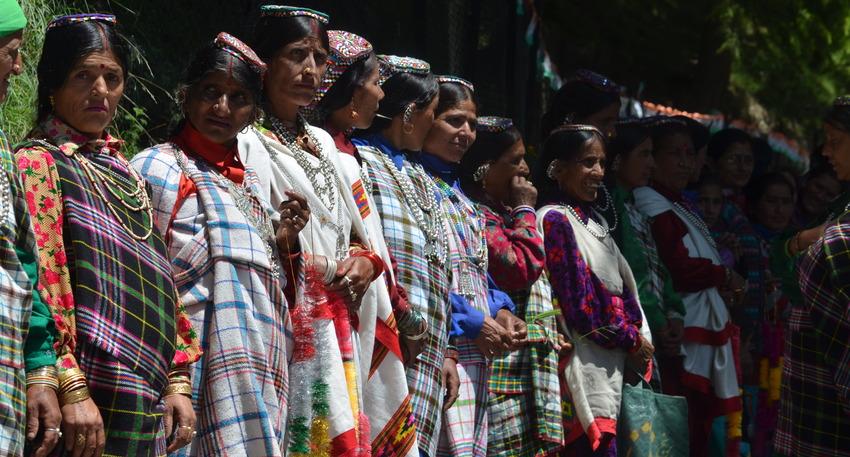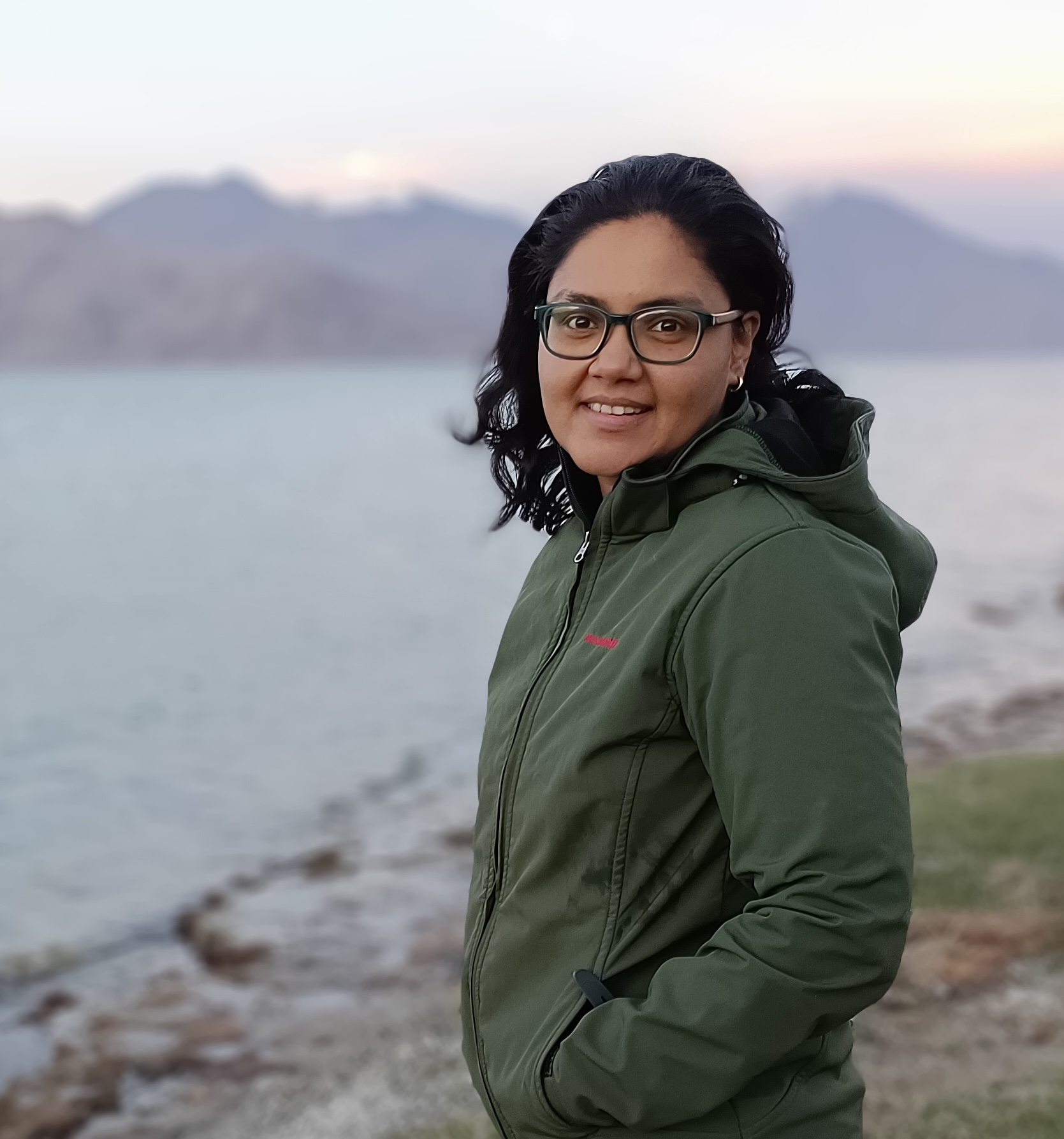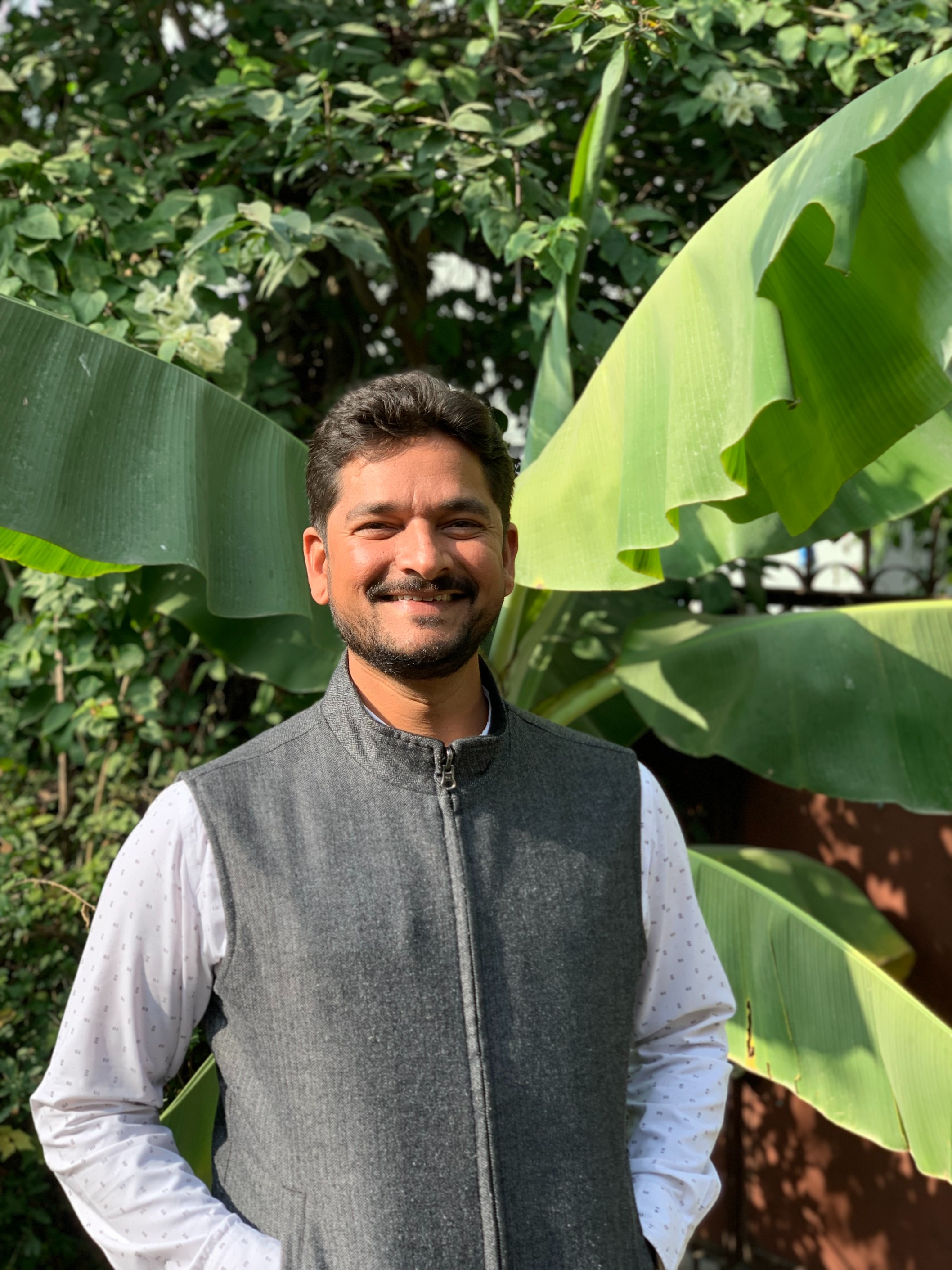
© Indigenous women of Pangi, Himachal Pradesh, India
Project overview
This project addresses the critical funding disconnect for grassroots organisations in South Asia, caused by limited awareness, capacity, and power dynamics in conservation. The goal is to provide targeted support for indigenous and local community-led initiatives, guided by grassroots organisations in line with their specific needs and realities. Recognising the vital role of Indigenous Peoples and Local Communities (IPLCs), the project bridges the gap by fostering partnerships and adopting a locally-led approach to connect grassroots organisations with external institutions thus directly addressing conservation challenges on the ground.
Project aims
To propel the advancement of indigenous and local community-led initiatives guided by grassroots organisations, while taking into account their specific needs, priorities, and bridging this gap with external government and philanthropic institutions.
The project specifically:
- Creates a comprehensive understanding of the obstacles hindering access to funding faced by IPLC led initiatives and grassroot organisations in South Asia.
- Foster a dialogue between grassroots organisations and external institutions to develop adaptable mechanisms to advance support for grassroot initiatives and reinforce on-the-ground efforts.
- Create an actionable report with tailored recommendations for South Asia's NGOs, grassroots, and institutions, incorporating strategic directives to ensure lasting impacts on IPLCs and biodiversity.
Key activities
- Assess high biodiversity areas in South Asia using secondary ecological data, biodiversity indices, and habitat maps to identify 25 grassroots organisations.
- Identify and validate organisations through the UCCLAN network.
- Conduct hybrid interviews to diagnose insights on grassroots activities, challenges, aspirations, and barriers to philanthropic funding.
- Facilitate regional workshops with grassroots organisations, donors, and government stakeholders to address systemic issues, encourage collaboration, and explore flexible support mechanisms.
- Analyse survey data, interview transcripts, and workshop outcomes to distil emerging themes to develop a comprehensive 'Grassroots Pathway for Biodiversity Recovery' report. This is to be shared with regional NGOs, grassroots, civil society organisations, government, and philanthropic institutions in South Asia.
Expected conservation impact
The project will lead to an active coalition working in South Asia to further biodiversity conservation via grassroots organisations. The implementation support to ten grassroots organisations will provide evidence and pragmatic pathways on how philanthropic agencies could support grassroots-led conservation and livelihood programs. This will pave the way for other donors to follow suit. The long-term impact will showcase grassroots-led conservation initiatives to gain appropriate and adequate funding to support, strengthen and continue conserving biodiversity in critical biodiversity hotspots across South Asia.
Expected outcomes
- In-depth profile and insights into 25 grassroots organisations in South Asia’s critical biodiversity landscapes, encompassing challenges, constraints, best practices, and advances for community-based conservation initiatives employing flexible mechanisms.
- A well-documented report capturing interactions and discussions that showcase the collaborative nature of grassroots initiatives. It will also explore potentials for partnerships among grassroots organisations, donors, and governments, while aiding grassroots organisations.
- ‘Grassroots Pathway for Biodiversity Recovery’ report to serve as a strategic guide for conservation initiatives through grassroots organisations. It will provide clear, actionable insights and a roadmap to drive meaningful contributions, aligning with the practical considerations and contextual nuances of IPLCs and their vital ecosystems.
- 10 grassroots organisations receive long-term support in organisational development, fundraising, and the implementation of innovative conservation and livelihood programs.
Project team
|
Radhika Kothari (2013-14) GroundUp Conservation Head of Grassroots Development With over 14 years of experience, my current role at GroundUp Conservation reflects my commitment to supporting grassroots leaders and organisations in their transformative journeys. I have previously worked extensively in the Himalayas collaborating with various local and national organisations for community conservation, climate change initiatives, and mentoring grassroots organisations. Demonstrating a deep understanding of working with IPLCs, my previous roles have given me nuanced perspectives on effective collaborations with grassroots to deliver substantial returns and integrating people, indigenous culture, and nature for sustainable outcomes. Bringing empathy, I aim to reconcile community-based approaches, build trust, foster collaboration, and ensure active grassroots participation to address critical global conservation challenges. Additionally, I bring diverse experience in strategy planning, project development and management skills to oversee various aspects of the project, from planning and execution to monitoring and evaluation. |
|
|
Swapnil Chaudhari (2012-13) CEO, GroundUp Conservation I am the Founder and CEO of GroundUp Asia, building large-scale landscape management programs with the Government, Private Sector, International Development Corporations, Grassroots Organisations and Civil Society Groups. I have over twenty years of experience working on biodiversity conservation, ecological restoration, transboundary cooperation, grassroots development, digital agriculture extension, and climate change adaptation across the Hindu-Kush Himalayas, Asia, Africa, and Europe. My extensive background includes working with intergovernmental institutions, also serving as an Engineer with the Ministry of Information Technology and Communication for the Government of India and collaborating with various state agencies and grassroots organisations. I have also actively contributed to infusing transboundary management principles into policies across India, Nepal, the Tibetan Autonomous Region of China, and the Republic of China. . |


